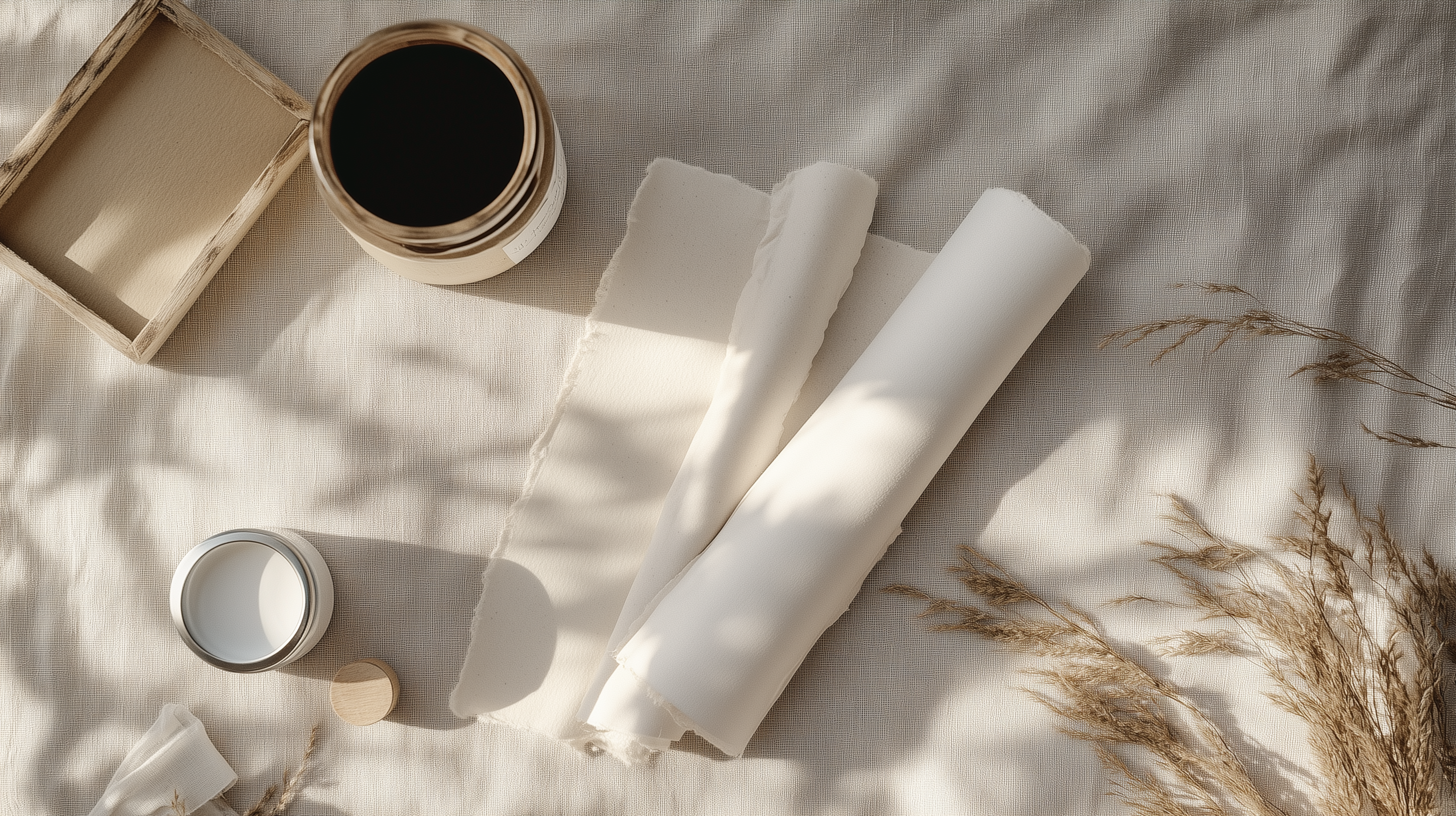When the Cost of Expression Increases
There was a time when creativity was free. Or at least, it felt that way. An idea, a sketch, a photograph — born in silence and framed for the world. But in today’s global climate, even imagination must pass through checkpoints. And behind each art print, small creators now navigate a rising tide of costs, red tape, and geopolitical noise.
Tariffs were once the burden of heavy industry. Now, they are the unexpected tax on a canvas, a pigment, a frame. This is a new frontier — where art meets economics. And the smallest players? They’re adapting with grace, grit, and innovation.
The Invisible Hand Behind the Frame
To the untrained eye, a black-and-white print from a brand like artisCHt may seem simple. But behind that elegance is a complex choreography of sourcing, production, and logistics. From sustainably grown pinewood in Europe to acid-free archival paper in the U.S., every component crosses borders — and those borders now come with costs.
Tariffs on materials such as timber, aluminum, acrylic, and even ink can spike unpredictably. A 10% duty on framing wood here, a 25% surcharge on shipping supplies there — the margins for small art brands evaporate quickly. And when the product is built on aesthetic precision and high craftsmanship, there’s little room to compromise on quality.
This is not just a business challenge. It is a creative one.
Stories from the Frontlines of Independent Art
1. The Artist-as-Supply Chain Manager
A boutique photography studio in Berlin shared how they had to pivot from importing museum-grade frames from Italy to sourcing locally — even though the quality was slightly inferior. "I used to spend 90% of my time composing shots. Now, I’m in freight spreadsheets more than Lightroom,” the founder confessed.
2. The Rise of Digital Alternatives
An art collective in Portland turned to digital downloads to bypass both tariffs and shipping altogether. “We wanted to keep prices low for our customers without eating our entire margin. So we embraced high-resolution printable art — it was surprisingly well-received,” one artist shared.
3. Group Buying Cooperatives
Small creators in Southeast Asia banded together to place bulk material orders and share shipping containers, effectively reducing per-unit tariff impact. “Alone, we couldn’t survive. Together, we became our own distribution network.”
Across continents, independent artists are becoming accidental entrepreneurs, forced to learn supply chains, trade codes, and tax law just to continue sharing their vision.
artisCHt’s Strategy: Ethics Before Ease
At artisCHt, our response to the crisis has been slow and intentional — like our art. We are not in the business of rushing prints out the door. We are in the practice of framing identity, art × tech × soul × self. And that means finding new ways to preserve quality, transparency, and emotional resonance.
- Localized Fulfillment: By partnering with Printify’s global network, we print closer to the buyer — reducing cross-border costs and environmental impact.
- Price Protection: We’ve chosen to absorb some tariff increases on limited-edition pieces to keep them accessible to our community.
- Material Resilience: We’ve switched to suppliers that can offer consistency across fluctuating political environments — not just the cheapest rate.
Our goal isn’t to sell prints. It’s to build a movement where minimalism, teCHnology, and emotion co-exist — free from the volatility of trade wars and policy swings.
Beyond Commerce: Tariffs as Modern Censorship
There’s a deeper question worth asking: When policy begins to affect what art is made and where it is sold, does it become a form of censorship?
When small artists must abandon certain techniques because the ink is now too expensive, or drop certain materials because of cross-border complications, creativity becomes compromised. The market dictates the medium. The tariff dictates the brushstroke.
In this sense, tariffs aren’t just taxes. They are filters — narrowing what gets seen, made, and remembered. The consequences are subtle but profound.
Reclaiming the Power to Create
Despite all odds, the spirit of independent art remains defiant. In cafes, co-working spaces, and silent studios, creators are finding new ways to thrive — through community, collaboration, and consciousness.
What hangs on your wall is no longer just aesthetic. It is ethical. It is economic. It is political.
Every purchase from a small studio is a vote — for art that resists shortcuts, for ideas that travel further than supply routes, and for a future where beauty is never taxed into silence.




Share:
Tariffs & Art Prints — The Hidden Impact on Pricing and Sourcing
Generative AI, Human Touch – What’s the Next Role for AI in Print Design?